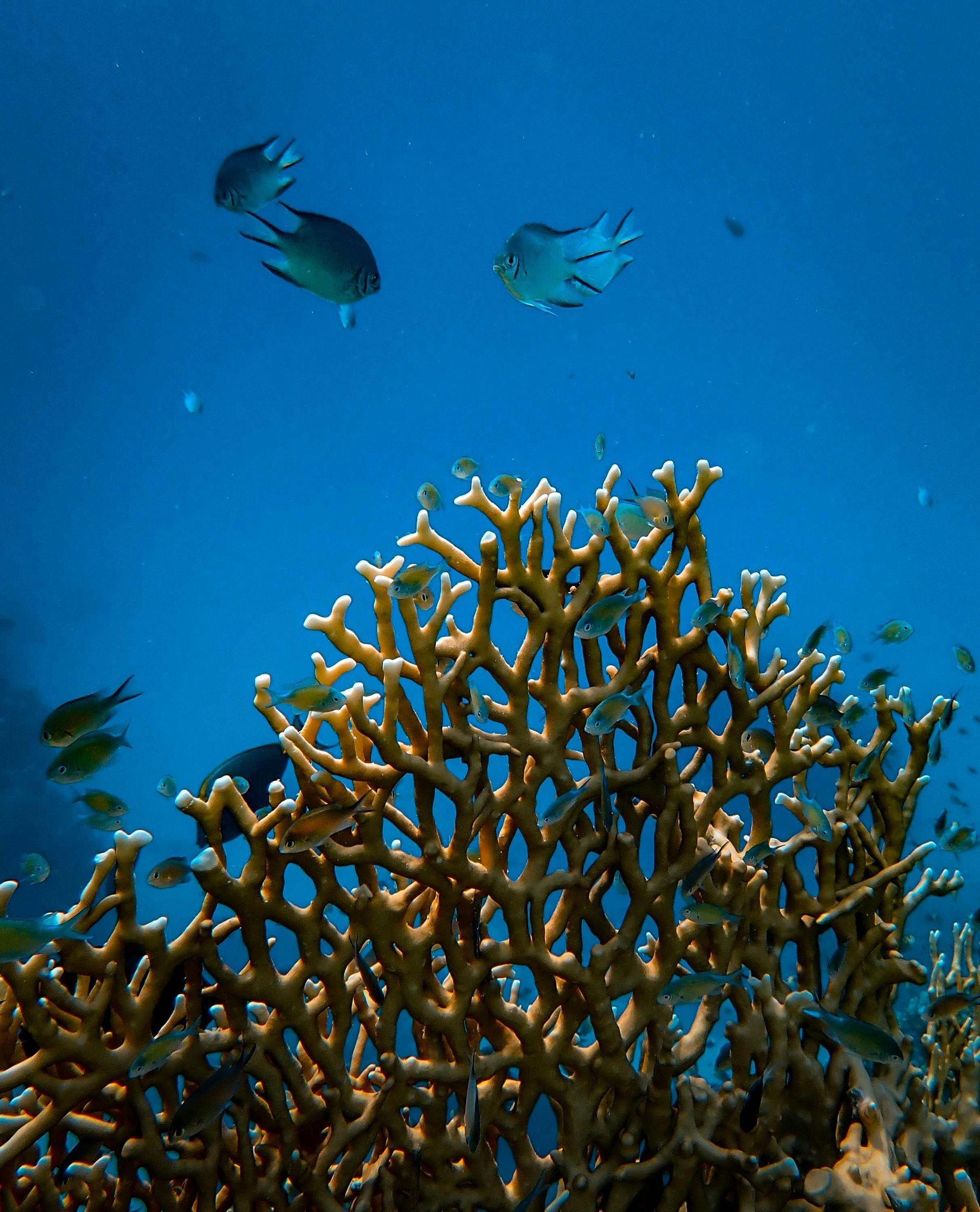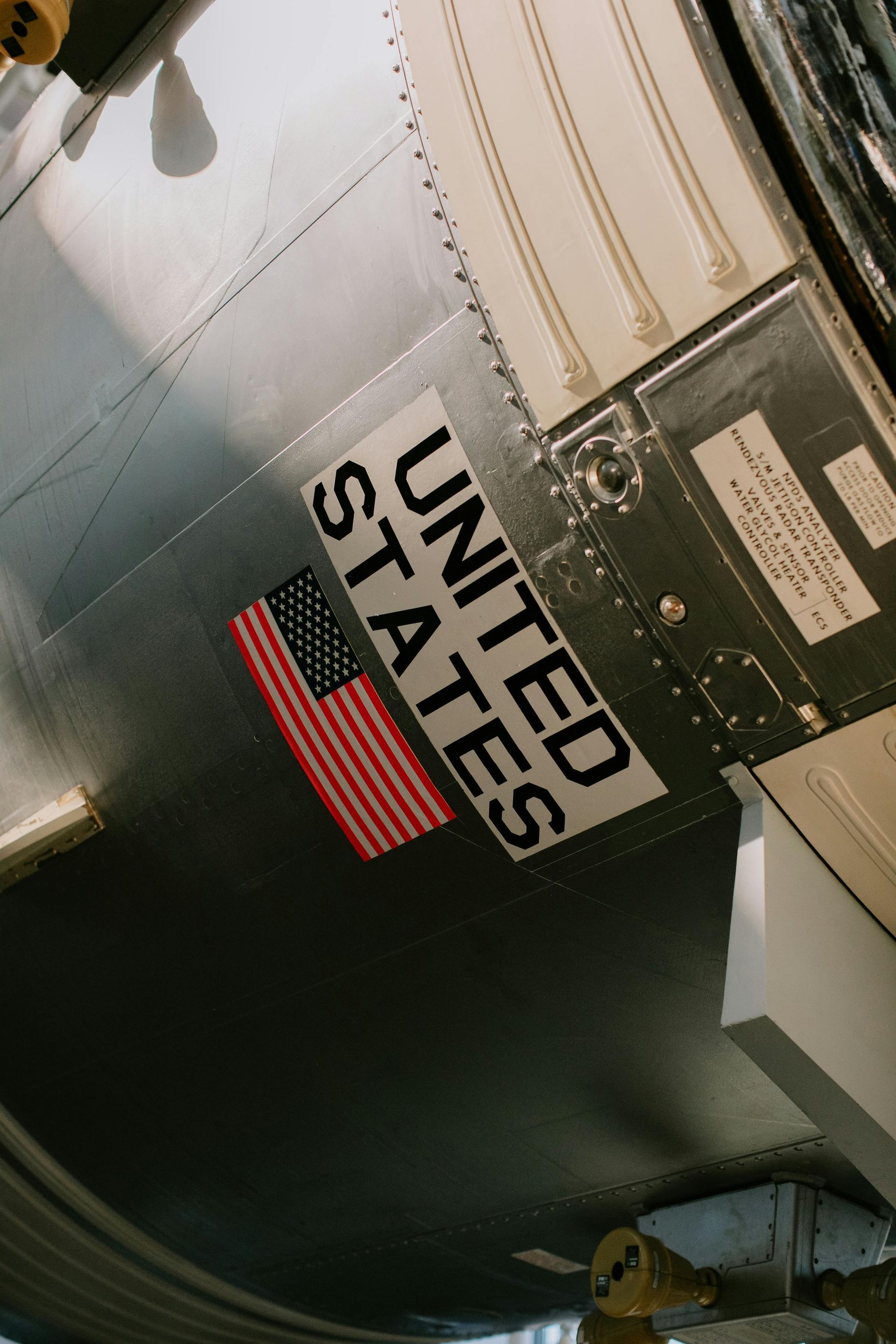Why is the Doomsday Glacier considered a threat?
The Doomsday Glacier, also known as Thwaites Glacier, is considered one of the most dangerous glaciers in the world.
The Video: What factors make the Doomsday Glacier more prone to melting than expected?
What factors make the Doomsday Glacier more prone to melting than expected?
The Doomsday Glacier, also known as Thwaites Glacier, is considered one of the most dangerous glaciers in the world due to its potential to contribute significantly to sea-level rise. Located in Antarctica, this massive glacier has been melting at an alarming rate in recent years, and scientists are deeply concerned about the consequences of its collapse.
There are several reasons why the Doomsday Glacier is considered a threat. Firstly, Thwaites Glacier is one of the largest and most important glaciers in Antarctica, holding enough ice to raise global sea levels by over half a meter. If this glacier were to collapse, it could trigger a chain reaction of ice melt in other parts of Antarctica, leading to even higher sea level rise.
Additionally, the collapse of Thwaites Glacier could destabilize the entire West Antarctic Ice Sheet, which contains enough ice to raise sea levels by several meters. This would have disastrous effects on coastal cities and low-lying areas around the world, leading to widespread flooding and displacement of populations.
Furthermore, the melting of the Doomsday Glacier could disrupt ocean currents and weather patterns, leading to unpredictable and potentially catastrophic consequences for global climate systems. The freshwater from melting ice could also impact marine ecosystems and biodiversity, affecting the balance of delicate ecosystems in the Southern Ocean.
Overall, the threat of the Doomsday Glacier lies in its potential to significantly contribute to sea-level rise, disrupt global climate systems, and have far-reaching consequences for coastal communities and ecosystems. It is crucial that we continue to monitor and study the changes happening in Antarctica to understand the implications of the melting of this critical glacier.









